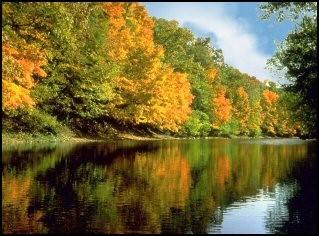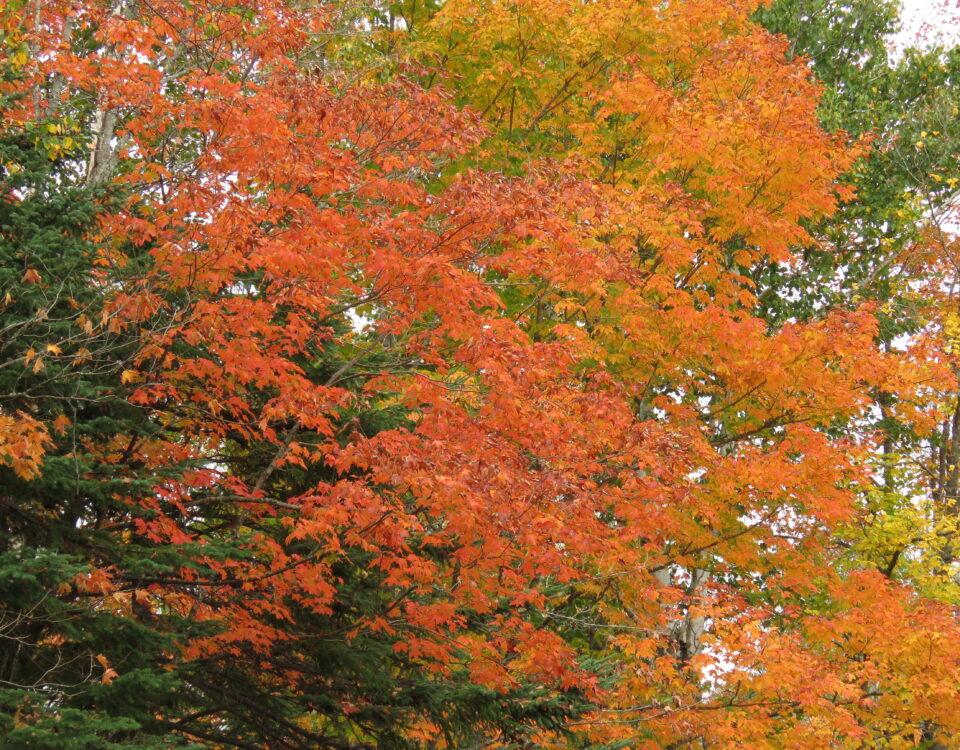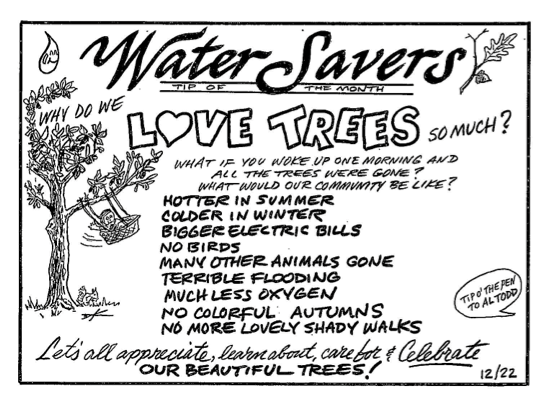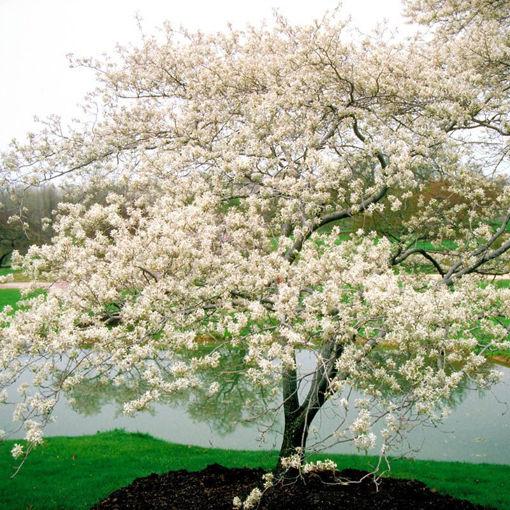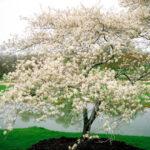
The Right Tree in the Right Place
August 11, 2023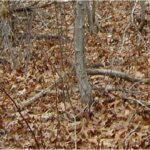
A few simple Do’s and Don’ts to try this fall
October 16, 2023By Al Todd
On some level, most people appreciate trees and forests. Whether a massive poplar, a dogwood in bloom, a maple in the fall, or a stately oak. They appreciate trees for their beauty or as a place where wild things live, but greatly underestimate their value in our daily lives.
Trees and forests provide much more than a scenic view or a pleasant place for a walk. Forests are also hard at work every day, cleaning our air and water, moderating our climate, and protecting our soil and streams. Forests work hard for us every day for free!
Forests really are the perfect land cover. If you look at a healthy forest with its layers of leaves and branches, its understory of small trees and shrubs, and ground cover of herbaceous plants, leaves, and organic litter, it is easy to understand why this texture and physical complexity is nature’s best tool for protecting the land. What is even less apparent to most people is how forests protect whole watersheds. They essentially serve as a giant sponge – absorbing rainfall and allowing it to infiltrate slowly, recharge groundwater and slowly feed our streams throughout the year.
Gifford Pinchot, the founder of the US Forest Service, traveled around the country over a 100 years ago, trying to get people interested in protecting and restoring forests that had been largely wiped out for raw materials in the 19th century. It is reported that he used to get people’s attention with a little demonstration. He would take a pitcher of water and poor it on a table in front of his audience. As the water quickly rushed off the table and onto the floor, he would announce that this was like the “watershed and hillsides without forests”. He would then cover the same table with a thick felt blotter and repeat the act. The blotter absorbed the water and it slowly dripped off the edges of the table rather than rushing to the floor. “This is your watershed with trees” he would then announce.
The health of our watersheds and likewise, the health of the Chesapeake Bay is tied to its trees and forests. Science tells us that when trees are removed, runoff increases, groundwater decreases, more nitrogen, phosphorus, sediment and other pollutants reach our waterways, temperatures increase, and the health of streams decrease.
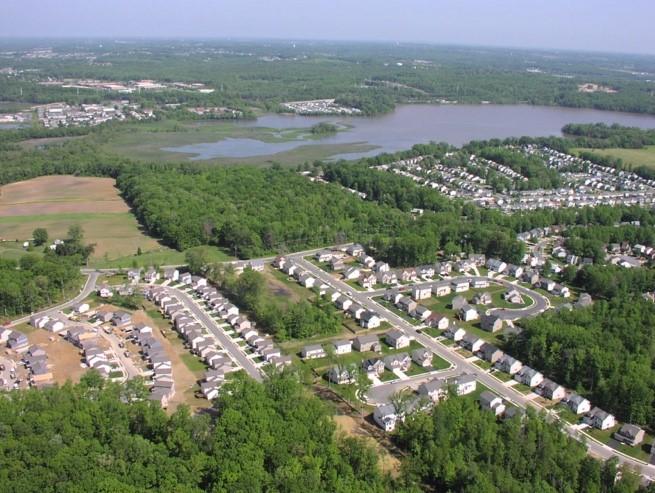 Clear cut forest for development.
Clear cut forest for development.
We were gaining forests in the Chesapeake watershed for most of the last 100 years since Pinchot’s time. But today we are losing forests at a rate of nearly 100 acres each day, primarily to development. I am amazed at how quickly a forest is removed during a construction or road project without any thought for its value. If someone was tearing down a water treatment plant, we’d be asking ”who is going to replace that”, “how is the water going to be filtered now”? I’ve talked with people who removed a 100-200 year-old poplar or oak just because they didn’t want to rake the leaves!
This year, the Cape Conservation Corps has been trying to raise awareness of the value of trees in our community. CCC is caring for our local forests and will be planting new trees on community property at the Serene Ravine and Little Magothy Beach this Fall. We encourage you to come out and volunteer to help. Also, look for info this winter for a campaign to remove the scourge of English ivy from our trees. Locally, AA County has been clearing trees to build a new bike trail. We have the chance to insist that our local government avoid unnecessary clearing and aggressively replant trees along these trails.
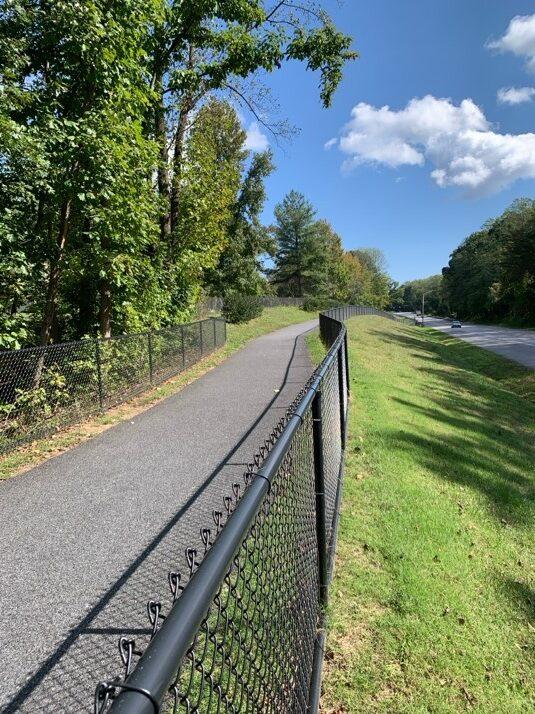 Bike Trail – College Parkway
Bike Trail – College Parkway 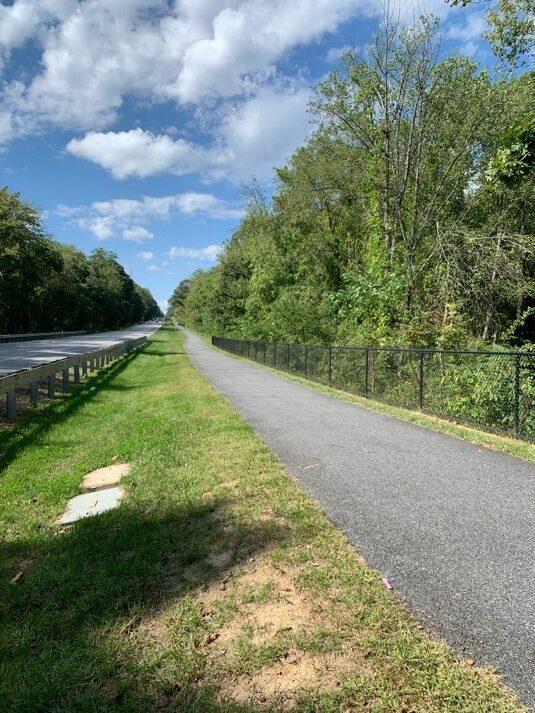
Get involved! Stand up for our trees. They are working hard for you every day!


